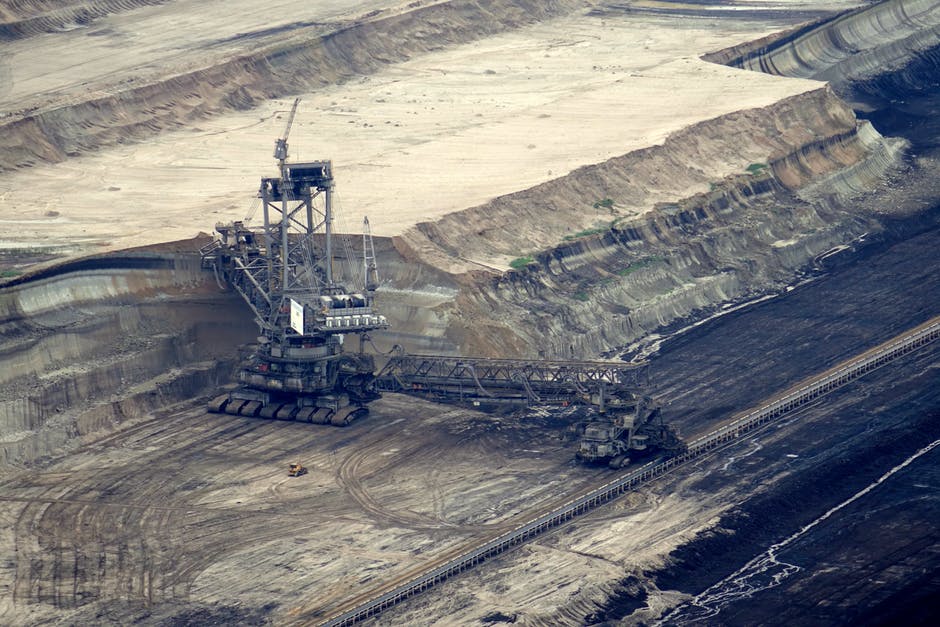Mining plays an important role in the products we rely on in our everyday lives. After all, if it isn’t farmed, it has probably been extracted and mined from the ground. But the historically known impact of mining activities on the surrounding environment and local communities within which they had been done have portrayed the industry in a negative light.
Improving mining through sustainable practices is key to developing positive multi-stakeholder dialogues regarding environmental responsibility and sustainable business practice models.
By continually assessing mining practices and their relation to the environment and local communities, the mining industry is able to enhance transparency and sustainability, thereby raising the standards of the mining industry.
In this article, we look at five practices that actualize sustainable mining, examining the expected impacts responsible mining will have on the industry overall.
1. Incorporating core sustainability areas
Advances in technology in recent years have increased the continued discovery of non-renewable resources such as oil, coal, and minerals. Improvements in the recycling of materials have also contributed to the economic viability of resources. However, the development of such technologies present both opportunities and risks to the local environment, residents, and government.
Responsible mining must incorporate core sustainable areas such as biodiversity conservation, greenhouse gas emissions management, and community outreach to control or reduce the negative environmental and social impact of mining. Subscribing to the principles of sustainability demonstrates the mining industry’s commitment to sound and sustainable business practices.
2. Reducing inputs and outputs
Mining and its associated infrastructure have the potential to negatively affect the health of surrounding ecosystems. As an energy-intensive industry and relatively temporary activity, the mining industry must strive to integrate better solutions that minimize land disruption, environmental contamination, and energy consumption.
It is important for mining companies to exert efforts to reduce inputs and outputs such as water, waste, and energy. Applying current technology to existing infrastructures like selecting the right mechanical packers to substitute for energy-intensive processes reduces environmental impact and degradation. This will restore environmental function to mine sites, allowing people or ecosystems to reclaim and reuse mine sites once the closure of mining activities takes place.
3. Investing in emerging green mining technologies
The development of technologies throughout the years means the mining industry is continuously adapting to new equipment and supply chain processes. Implementing emerging sustainable mining technologies reduces the ecological footprint of the sector, offering superior performance with respect to environmental and communal impacts. Sustainable mining technologies also contribute to reducing operating costs and improving overall competitiveness.
As the environmental impact of mining activities will continue to be a key issue, investing in emerging technology will initiate the expansion of more responsible and sustainable technology. Integrating such technologies with existing technology address the tremendous wastage and damage brought on by traditional mining methods.
Research and development of such emerging technology will continue to play a key role as the mining industry continues to address environmental damage, and to seek new methods of conducting its activities in a responsible manner.
4. Driving transparency and accountability
Much commentary surrounding the mining industry is focused on the importance of transparency and the recognition of mandatory and voluntary standards.
Transparency encourages openness, improving competencies within the mining sector, and increasing accountability. Transparency brings about with it much-needed scrutiny to current practices, bringing about the opportunity to introduce better and more sustainable practices.
Just the same, creating mandatory and voluntary standards improves environmental stewardship which fosters transparency and accountability. A mixed approach of mandatory and voluntary measures can only improve environmental conditions and life for people in the surrounding communities. This also creates a commitment to conform to demonstrate responsible mining initiatives.
5. Fostering community involvement
A community-centric approach to mining involves addressing all concerns raised by the community, introducing transparency measures and eliminating the opacity that has long characterized the mining sector.
Introducing community consultancy means community citizens participate in resource and business development opportunities. All aspects of the project — from economic to social and environmental — should be highlighted before any project can commence.
Promoting participatory governance strengthens citizen participation, creating a space for people, companies, and local governing bodies to engage in discussions surrounding the distribution of income and maintaining a flexible approach to reinvesting in the local community.
Conclusion
A commitment to responsible mining will drive innovation, create strong and lasting relationships with communities, and improve safety practices while minimizing environmental impact.
The development and drive towards sustainable practices empowers the mining sector to adhere to responsible mining standards. Respecting the surrounding environment and communities where mining operations occur ensures that any negative environmental impacts are reduced and mitigated for the benefit of everyone.
Related Posts
Hi there! I’m Sethu, your go-to guy for all things tech, travel, internet, movies, and business tips. I love sharing insights and stories that make life more interesting. Let’s explore the world together, one article at a time!











